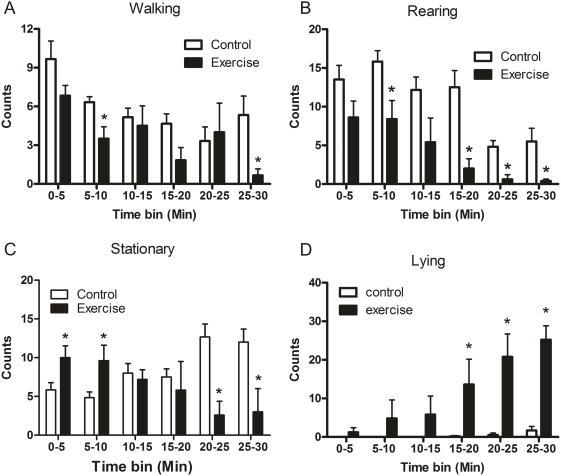Figure 3. Behavior of control and exercised rats during exposure to a novel environment, i.e. a new cage in a brightly lit (500 lx) room.
Changes in walking (A), rearing (B), stationary (C) and lying behavior (D) were scored every 10 sec throughout the 30-min novelty exposure. Data were binned in 5-min time bins and expressed as behavioral counts (mean±SEM, n = 6). Statistical analyses: Two-way ANOVA with repeated measures: A, Effect of time: F(5,45) = 5.387, P = 0.001, Effect of exercise: (F1,9) = 4.739, P = 0.057, Interaction time x exercise: F(5,45) = 1.331, not significant; B, Effect of time: F(5,45) = 15.545, P<0.0005, Effect of exercise: F(1,9) = 14.263, P = 0.004, Interaction time x exercise: F(5,45) = 1.305, not significant; C, Effect of time: F(5,45) = 0.153, not significant, Effect of exercise: F(1,9) = 1.878, not significant, Interaction time x exercise: F(5,45) = 7.881, P<0.0005; D, Effect of time: F(5,45) = 11.529, P<0.0005, Effect of exercise: F(1,9) = 11.332, P = 0.008, Interaction time x exercise: F(5,45) = 9.130, P<0.0005. *, P<0.05, Student's t-test.

